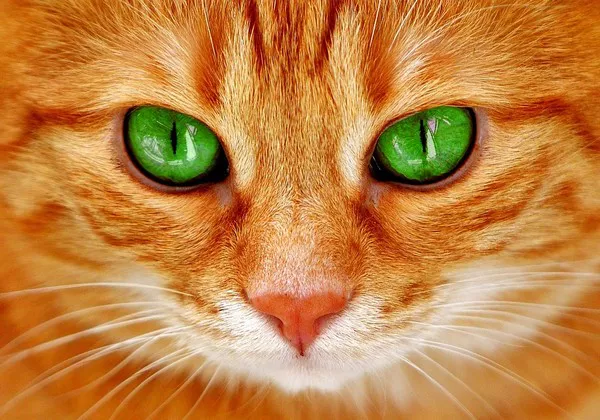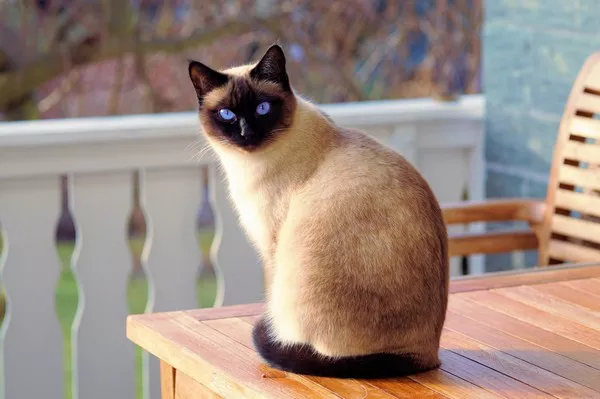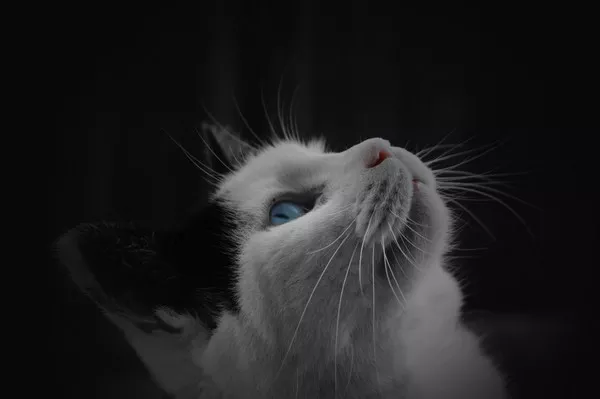Cats are complex creatures, often shrouded in mystery and intrigue. As both companions and independent hunters, their behavior can sometimes baffle even the most seasoned pet owners. One question that frequently arises among cat lovers is: “Will a hungry cat eventually eat?” This inquiry goes beyond mere curiosity; it taps into the fundamental understanding of feline behavior, instincts, and health. In this essay, we will explore the various factors influencing a cat’s eating habits, the physiological and psychological aspects of hunger, and the implications for cat care and management.
Understanding Feline Hunger
The Physiology of Hunger
Hunger in cats is primarily driven by physiological needs. Like all living organisms, cats require energy to sustain their bodily functions. This energy is derived from food, which provides essential nutrients, vitamins, and minerals. The feline digestive system is uniquely adapted to process a high-protein diet, reflecting their evolutionary background as obligate carnivores.
When a cat experiences hunger, several physiological mechanisms are activated. The hypothalamus, a region of the brain responsible for regulating hunger and satiety, plays a crucial role. It responds to various signals, including blood glucose levels, hormone concentrations, and the presence of nutrients in the gastrointestinal tract. When glucose levels drop, or when the stomach is empty, the hypothalamus triggers the sensation of hunger, prompting the cat to seek food.
Instinctual Behavior
Cats are instinctual hunters, and their behavior is often influenced by their natural instincts. In the wild, a cat’s survival depends on its ability to hunt and secure food. This instinctual drive remains in domestic cats, even when they are well-fed. A hungry cat may exhibit behaviors such as stalking, pouncing, and vocalizing—actions that reflect their predatory nature.
However, the degree to which these instincts manifest can vary significantly among individual cats. Some may be more motivated to hunt and eat, while others may exhibit a more laid-back approach. Factors such as breed, age, and personality can influence a cat’s eating habits and their response to hunger.
Factors Influencing a Cat’s Decision to Eat
Environmental Factors
The environment plays a significant role in a cat’s willingness to eat. Stressful situations, such as changes in the household, the presence of other pets, or loud noises, can deter a cat from eating. Cats are creatures of habit, and any disruption to their routine can lead to anxiety, resulting in a decreased appetite.
Additionally, the feeding environment itself can impact a cat’s eating behavior. Cats prefer quiet, safe spaces where they feel secure while eating. If a cat feels threatened or uncomfortable in its feeding area, it may choose to abstain from food, even if it is hungry.
Food Preferences
Cats are known for their discerning palates. Their food preferences can significantly influence their eating habits. Some cats may refuse to eat certain types of food, even if they are hungry. Factors such as texture, flavor, and aroma can all play a role in a cat’s willingness to eat. For instance, a cat may prefer wet food over dry kibble, or vice versa, and may be less inclined to eat if its preferred food is unavailable.
Moreover, cats can develop food aversions, particularly if they have had a negative experience with a specific type of food. For example, if a cat becomes ill after eating a particular brand of food, it may refuse to eat that food again, even when hungry.
Health Considerations
A cat’s health can significantly impact its eating behavior. Various medical conditions, such as dental disease, gastrointestinal issues, or systemic illnesses, can lead to a decreased appetite. Pain or discomfort associated with these conditions can deter a cat from eating, even if it is hungry.
Additionally, certain medications can affect a cat’s appetite. For example, some antibiotics may cause gastrointestinal upset, leading to a reluctance to eat. If a cat is not eating and shows signs of illness, it is crucial for pet owners to seek veterinary advice to determine the underlying cause.
The Psychological Aspect of Hunger
Psychological Factors
Hunger is not solely a physical sensation; it is also influenced by psychological factors. Cats can experience stress, anxiety, and depression, which can all impact their eating habits. A cat that feels neglected or insecure may refuse to eat, even when food is available.
Moreover, the concept of “learned behavior” plays a role in a cat’s relationship with food. If a cat has learned that it can obtain food by begging or exhibiting certain behaviors, it may choose to wait for its owner to provide food rather than eating when hungry. This learned behavior can create a cycle of dependence that complicates the cat’s eating habits.
The Role of Routine
Establishing a feeding routine can help alleviate some of the psychological barriers to eating. Cats thrive on consistency, and having set meal times can provide a sense of security. Regular feeding schedules can also help regulate a cat’s appetite, making it more likely to eat when food is presented.
Additionally, providing positive reinforcement during feeding can encourage a cat to eat. For example, offering praise or treats when a cat eats can create a positive association with mealtime, making it more likely for the cat to eat in the future.
The Consequences of Prolonged Hunger
Health Risks
Prolonged hunger can lead to serious health issues in cats. If a cat does not eat for an extended period, it can develop hepatic lipidosis, a potentially life-threatening condition characterized by the accumulation of fat in the liver. This condition often occurs when a cat experiences rapid weight loss due to a lack of food intake.
In addition to hepatic lipidosis, prolonged hunger can result in malnutrition, leading to deficiencies in essential nutrients. This can weaken the immune system, making cats more susceptible to infections and diseases. It can also result in muscle wasting and other health complications.
Behavioral Changes
A hungry cat may exhibit behavioral changes that can affect its relationship with its owner and the household environment. Increased irritability, aggression, or withdrawal can occur in cats that are not eating. These changes can lead to stress for both the cat and its owner, creating a challenging dynamic in the home.
Furthermore, a cat that is consistently hungry may begin to associate food with negative experiences, leading to a reluctance to eat in the future. This can create a cycle of anxiety and avoidance that complicates the cat’s relationship with food.
Strategies to Encourage Eating
Ensuring a Comfortable Feeding Environment
Creating a comfortable and safe feeding environment is essential for encouraging a cat to eat. This includes providing a quiet space away from distractions and potential threats. Ensuring that the feeding area is clean and free from stressors can help a cat feel more secure while eating.
Offering Variety and Quality
Offering a variety of high-quality foods can help entice a cat to eat. Experimenting with different flavors, textures, and brands can help identify what a cat prefers. Additionally, warming wet food slightly can enhance its aroma, making it more appealing to a reluctant eater.
Monitoring Health
Regular veterinary check-ups are crucial for monitoring a cat’s health and addressing any underlying medical issues that may affect its appetite. If a cat is not eating, it is essential to consult a veterinarian to rule out any health concerns.
Establishing Routine
As mentioned earlier, establishing a consistent feeding routine can help regulate a cat’s appetite. Feeding at the same times each day can create a sense of predictability for the cat, making it more likely to eat when food is presented.
Positive Reinforcement
Using positive reinforcement can encourage a cat to eat. Offering praise, treats, or playtime after a cat eats can create a positive association with mealtime. This can help alleviate anxiety and encourage a cat to eat when hungry.
Conclusion
In conclusion, the question of whether a hungry cat will eventually eat is multifaceted, influenced by a combination of physiological, psychological, and environmental factors. Understanding these influences is crucial for cat owners who wish to ensure their feline companions lead healthy and happy lives.
While a hungry cat is likely to eat eventually, various factors can complicate this seemingly straightforward behavior. By creating a supportive environment, offering a variety of high-quality foods, and monitoring health, pet owners can encourage their cats to eat and thrive. Ultimately, fostering a positive relationship with food is essential for a cat’s well-being, helping to bridge the gap between hunger and eating.
Related topic:



























